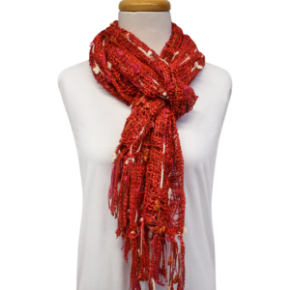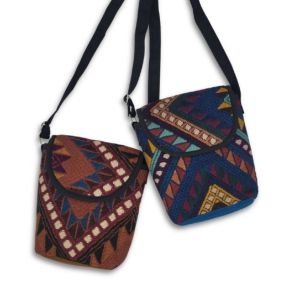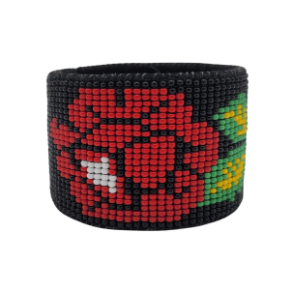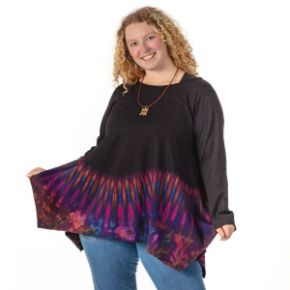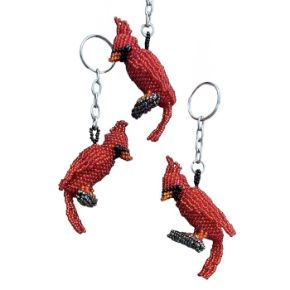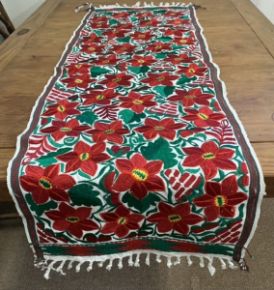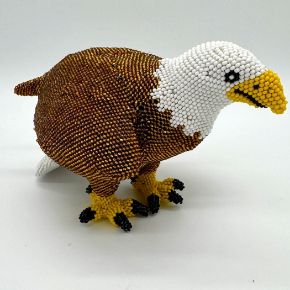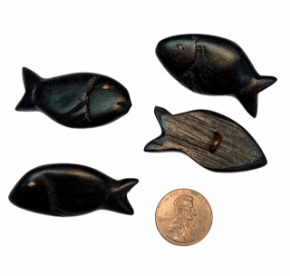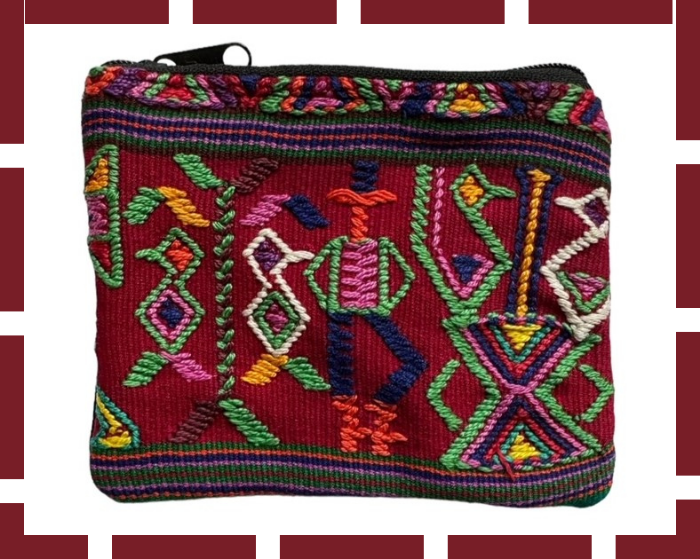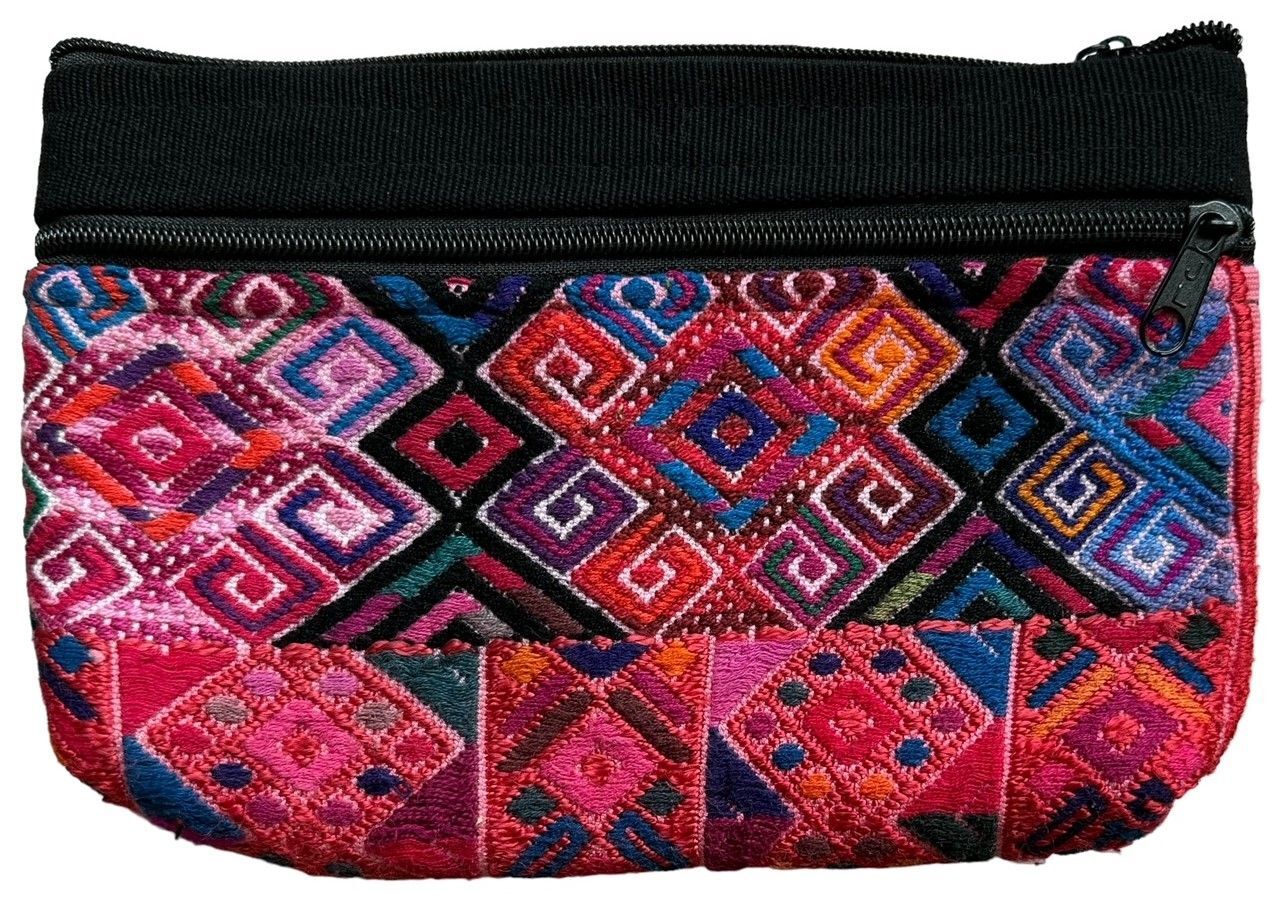A Vivid Symbolism
Guatemalan textiles, particularly huipils, are more than just articles of clothing; they are canvases for self-expression and cultural preservation. Using visual symbols, vibrantly colored, each textile tells an age-old story.
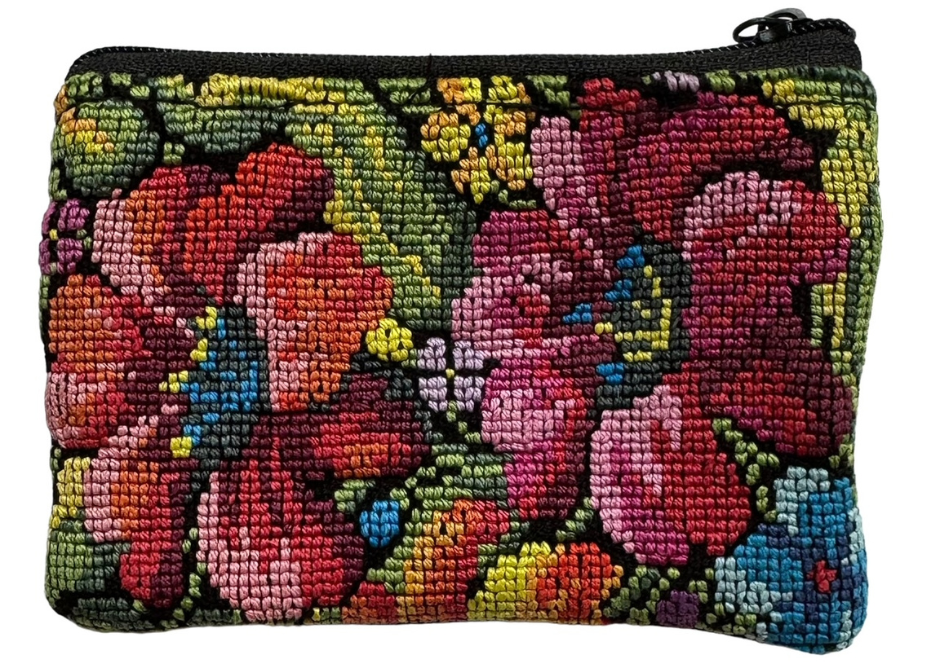 Motifs
Motifs
Artisans in Guatemala weave their textiles on backstrap looms, continuing a tradition that has lasted for generations. Not surprisingly, the fabrics incorporate traditional motifs with deep cultural significance:
- Plants, especially flowering ones, represent the cycle of life, death, and rebirth. They also symbolize the interconnectedness of all living things.
- Zigzags and broken lines represent serpents, which serve as messengers of the Mayan sun god. These, too, can symbolize rebirth and renewal.
Colors
Colors play an essential role in Guatemalan textiles, with each one conveying specific meanings:
- Blue represents the sky and water, embodying the life-giving forces of nature.
- Red signifies sunrise, daytime, energy, and power, reflecting the vitality of life.
- Yellow symbolizes the sun and corn, both crucial elements in Mayan culture.
- Black represents sunset, nighttime, death, recovery, and war, acknowledging the darker aspects of life.
- White embodies air, spirituality, and hope, signifying the aspirations of the people.
- Green represents plant life, royalty, and the Quetzal, Guatemala's national bird, highlighting the connection between nature and the divine.
When you buy bags and clothing made from repurposed huipils, you help preserve the rich symbolic heritage of Guatemala. In a very concrete way, you experience the beauty of Mayan culture.
We're proud to play a part in this, by offering a wide selection of goods made with authentic Guatemalan textiles. Fair trade is our way of supporting skilled artisans and their traditional craftsmanship.

